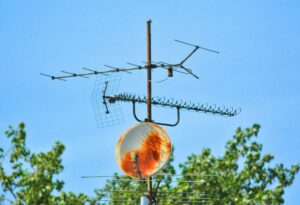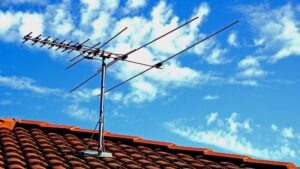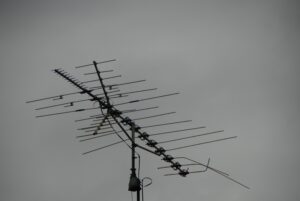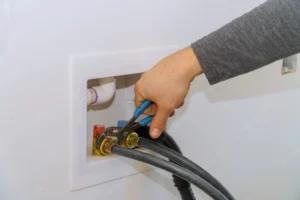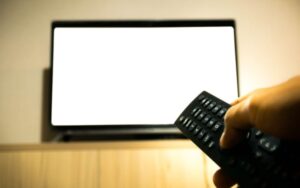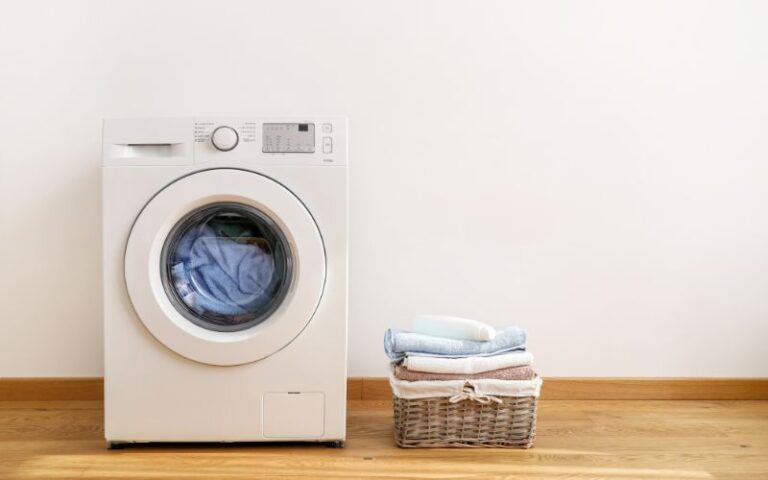Does TV Antenna Size Matter? (All You Need To Know)
TV antennas are generally of different sizes. They vary both in length and shape.
Yet, they all seem to perform the special function of receiving and transmitting signals.
Although these antennas perform the same function, their efficiency and frequency range varies. Could the size of the antenna be responsible for these variations?
Yes, the size of your TV antenna does matter in how efficiently your antenna pulls in signal to your TV set. Smaller antennas pull in high frequencies, and the bigger ones pull in lower frequencies. Therefore, the frequency of your TV needs should determine the size of your TV antenna.
In this article, I’ll guide you through the antenna sizes, their respective efficiencies, the height in mounting them, and how to connect an antenna to your smart TV.
By the end of this article, you will know everything you need about TV antennas.
Does the Size of Your TV Antenna Matter?
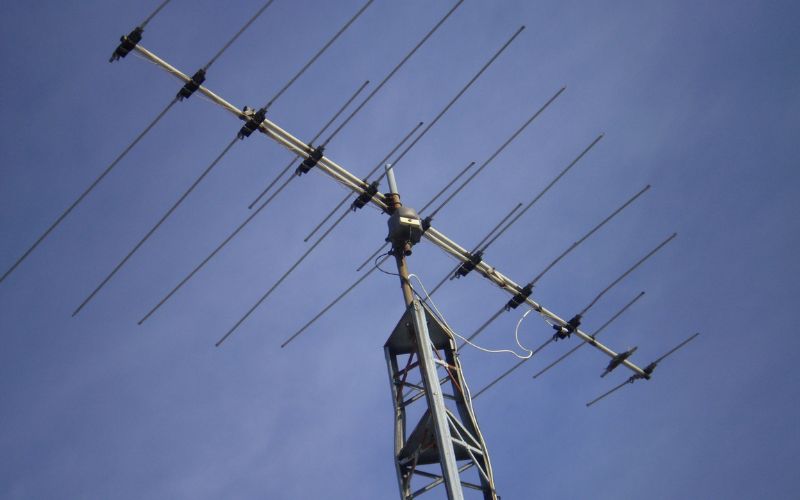
The answer is a resounding yes. The amount of reception your antenna receives is dependent on its size.
The reception of signals varies for both big and small antennas. Big antennas collect more energy and yet pick weak signals.
But a small antenna with little energy can pull a good signal from the transmitter to your TV.
However, it supplies less gain and is less efficient in transmitting high power.
The antenna’s length and shape also contribute to how efficiently your TV antenna sends and receives signals.
For instance, the length of the antenna is responsible for the antenna’s resonant frequency. And when an antenna is resonant, it is highly efficient.
The reason is that, at the resonant point, maximum power radiates from the antenna and transmits the signal to your TV set, producing a clearer station.
However, when the resonant length is short, it will prevent the antenna from having full access to the available frequency power.
The shape is another major factor to consider. The direction the antenna faces or bends towards shows the direction from which the antenna receives the signal.
These shapes pick up signals in specific frequency bands such as High Frequency (HF), Very High Frequency (VHF), and Ultra High Frequency (UHF).
And as the antenna pulls in these frequencies, the electronic circuit in the television tunes them into individual frequencies commonly known as channels.
Is It Better To Get a Bigger TV Antenna?
A bigger TV antenna is often better than a small antenna because a bigger antenna is one with more elements. And the more elements, the more efficient the antenna works.
The bigger the antenna, the more it intercepts with resonant frequency (RF) energy, leading to a higher gain.
Although, the big size of the antenna is not all that matters as to its effectiveness of the antenna.
The transmitting and receiving frequencies and the antenna’s directivity are also major factors that determine the gains and efficiency of the antenna.
However, there are certain benefits bigger TV antennas have over smaller ones.
Some benefits of having a big antenna are;
- A bigger TV antenna provides a sharper directionality- High gain.
- It receives and radiates stronger signals to the TV.
- It is often multidirectional and, therefore, can maneuver interference of any kind.
The table below also distinguishes between a small and a big antenna.
| Small Antennas | Big Antennas |
|---|---|
| Effectively pull in strong signals. | Pull in very weak signals. |
| Delivers less gain. | Provides high gain. |
| Made up of a few elements. | Made up of a large number of elements. |
Does a TV Antenna Height Matter?
The main reason for a TV antenna is for clear reception. And this reception is dependent on the height to which you mount the antenna.
So, the antenna height does matter. The higher the antenna, the stronger the reception.
That is why antennas mounted on rooftops performs better than indoors and other antennas placed in the basement.
However, that doesn’t mean you can’t get clear reception with an indoor TV antenna. All you need to do is to place the antenna on the attics of your roof.
You can also mount it somewhere close to your window if there are no interferences, such as the walls of a neighbor’s building around that area.
Experts recommend a height of 30 feet or 10 meters from the ground.
However, you must ensure to mount your antenna towards the direction of the vibrating wave.
The following are factors you should consider before determining the height of your TV antenna.
- The antenna type and gain.
- The trees and vegetation in your surrounding.
- The presence of interferences, such as tall buildings.
- The sensitivity of your TV receiver.
Does a Smart TV Need an Antenna?
Like every other TV, a smart TV also needs an antenna for clear reception.
A high digital TV antenna is necessary to watch free-to-air channels on your smart TV.
Using an analog antenna can also work; however, you may experience some signal issues if you do.
Although smart TVs have an in-built antenna that only works with Bluetooth or WiFi connectivity.
This in-built antenna, however, doesn’t work for free-to-air channels. Some of the advantages of using an antenna on your smart TV include
- It improves the signal of your smart TV.
- It increases the image quality.
- It also gives quality sound and channels.
- You can access your favorite TV program, other free movies, and information without paying subscription fees.
However, you must mount the antenna correctly if you desire to get these benefits from the smart TV antenna.
The best place to mount the antenna is on rooftops with minimal or no interference to avoid obstruction of signals.
Here is a step-by-step method to connect an antenna to your smart TV.
- Look out for the F connector port in your smart TV and plug the antenna’s coax line into it.
- With the help of remote control, search for the settings that control inputs in your TV.
- Search for over-the-air options and scan for channels. This process will take a few minutes to complete.
- Once it is complete, the channels available in your smart TV menu will start working.
Summary
Your antenna’s efficiency has quite a lot to do with the size. However, this efficiency is not dependent on the antenna size alone.
The receiving and transmitting frequencies, the terrain to the broadcast tower, and interferences from tall buildings and trees all contribute to your antenna’s efficient reception.
References:

